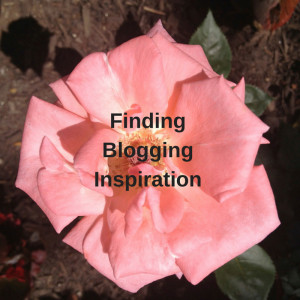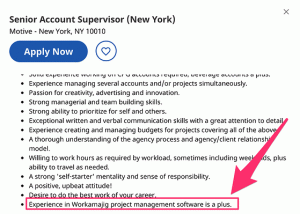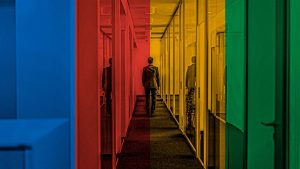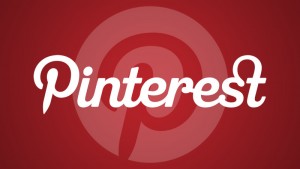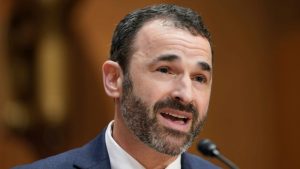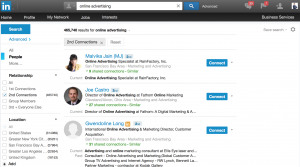SPOILER ALERT: This will include references to some aspects of the She-Hulk Season One finale. I recommend you watch it!
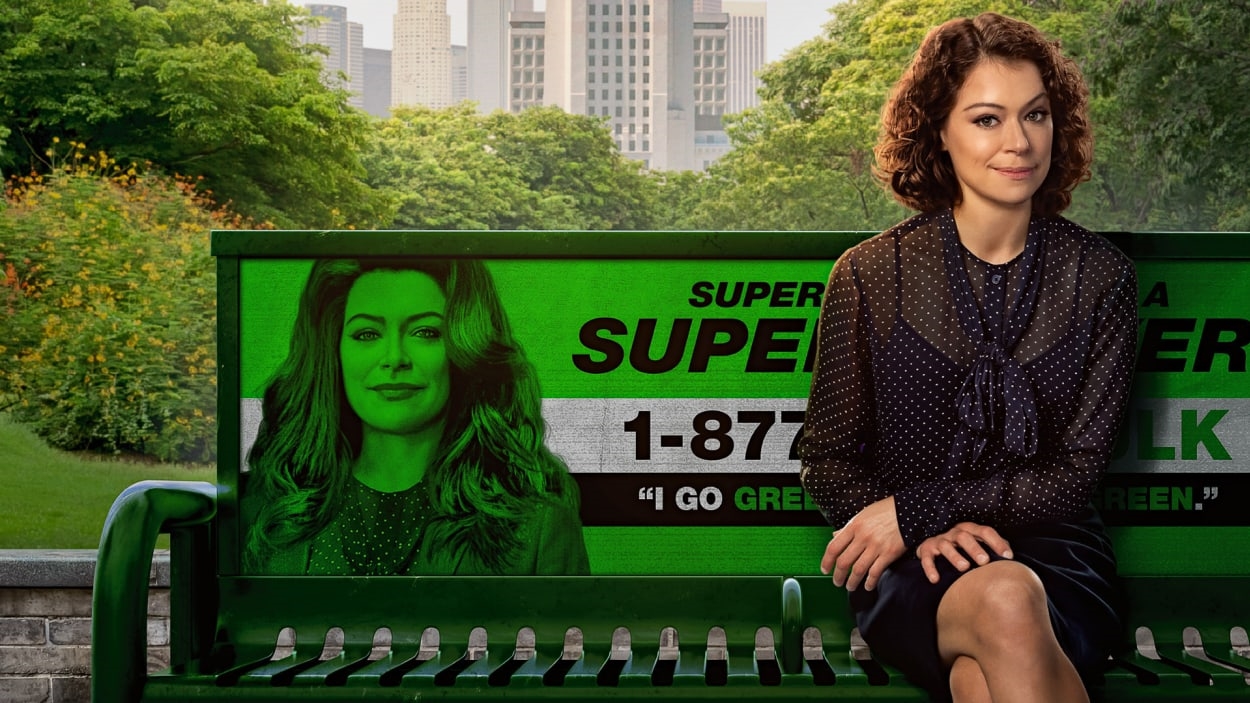
Okay, we all good now?
Ask any advertising executive what the key to creating quality branded content is, and they’ll list off versions of three basic requirements: It needs to attract attention, not interrupt it. It needs to be authentic to who that brand is. And it needs to actually be entertaining.
Since the launch of Disney+ in 2019, Marvel Studios has used the streaming service as a marketing vehicle for its content through such behind-the-scenes shows as Marvel Studios: Assembled, and its ongoing One Shot series that complement its broader properties. But this week, in the Season One finale for She-Hulk, Marvel Studios itself made a surprising and hilarious debut into its own Marvel Cinematic Universe, and it might just be the best branded content of the year.
Deep into this ninth episode of the season, we see She-Hulk not only break the fourth wall and speak to the audience—as she has done all season—but actually bring us back to the Disney+ menu screen, break through that, and jump into Assembled in order to infiltrate Marvel Studios itself to confront the show’s writers room and studio head Kevin Feige (in the form of an AI-powered robot) over the predictable direction that the episode’s climax was taking up to that point.
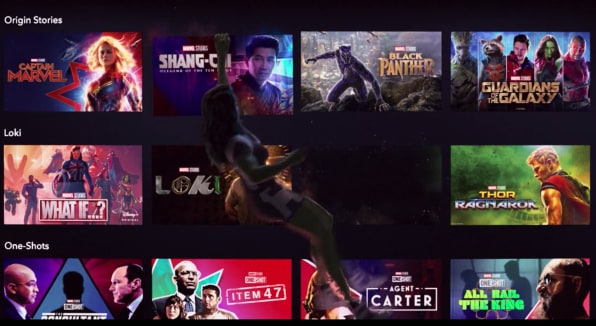
(Full disclosure: When the show first took us back to the Disney+ menu, yes, I actually thought I was sitting on the remote . . . again.)
She-Hulk then storms into the actual Marvel Studios reception area and is asked by the company’s IRL receptionist to sign a nondisclosure agreement before heading in—a process that show writer Cody Ziglar (who appears in the episode) told the X-Ray Vision podcast is very real. Marvel Studios honcho Feige, here in the form of K.E.V.I.N. (Knowledge Enhanced Visual Interconnectivity Nexus), asks She-Hulk to transform back to human form Jennifer Walters because it’s cheaper for the studio that way, and, as he says the visual-effects team has moved on to another project, we hear a not-so-subtle audio cue for the upcoming film Black Panther: Wakanda Forever.
Walters then launches into her reasoning, saying, “The Marvel Cinematic Universe is known for its big spectacles and high-stakes plot lines, but it’s often said that Marvel movies all end the same way.”
It’s consistent with She-Hulk, as the comic character is known for not only breaking the fourth wall, but also confronting the comic creators over the direction of the story, as she did often in John Byrne’s Sensational She-Hulk.
The entertainment factor here is high for anyone who obsesses over the ins and outs of the MCU. At one point, Walters asks K.E.V.I.N., “Oh, and when are we getting the X-Men?” then flashes a thumbs-up to the camera.
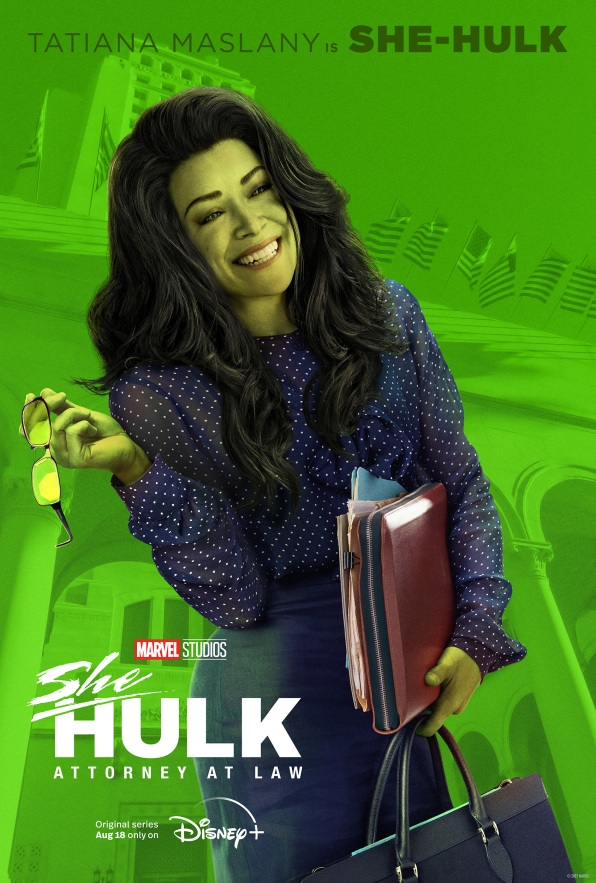
This is high-stakes brand self-awareness. As a piece of brand content for Marvel Studios, it’s superhuman. It reinforces the brand image as a pop cultural juggernaut while using this to convey a sense of humble imperfection—and at the same time, hyping its own ever-evolving creative process. It’s like Marvel Studio’s own version of Domino’s 2010 “We Suck!” campaign, which boosted sales by admitting its pizza tasted like cardboard, and the company was fixing it.
Though it was filmed long ago, this buffering of the MCU brand couldn’t have come at a better time. Earlier this week, the company announced delays to upcoming features like Blade, Deadpool 3, The Fantastic Four, and Avengers: Secret Wars. If anything, this She-Hulk stunt could calm worried fans and reassure them that the real Kevin has everything under control.
Breaking the fourth wall is a well-documented trope—one we’ve seen effectively over the years in such classics as Ferris Bueller’s Day Off, High Fidelity, and more recently Fleabag. Less common is when it’s used to directly reference the business or creative process behind the property itself.
Ryan Reynolds’ Deadpool is perhaps the best, most famous example, employed from even the earliest “leaked” footage, up to the teasers to the sequel. In the latter, Reynolds takes things a step beyond the fourth wall to reference the filmmaking process itself—complaining about Cable’s CGI arm, and referencing DC’s mustache issues in Superman. Just a couple of weeks ago, Reynolds and Hugh Jackman trolled fan appetites for an explanation on how Jackman’s Wolverine character will fit into the upcoming Deadpool 3 sequel.
In She-Hulk, both in her fourth wall-obliterating comic-book precedent and now as a full-fledged member of the MCU, Marvel Studios found the perfect way to work itself and its status as the preeminent producer of pop culture into the very story. The only thing that could ruin it is if this novelty is tapped again too soon or too often.
But of course, they already thought of that. As the Knowledge Enhanced Visual Interconnectivity Nexus says to Walters before punting her back to her own show’s ending, “You will not be able to access the K.E.V.I.N. platform again. That error has been fixed.”
(14)


